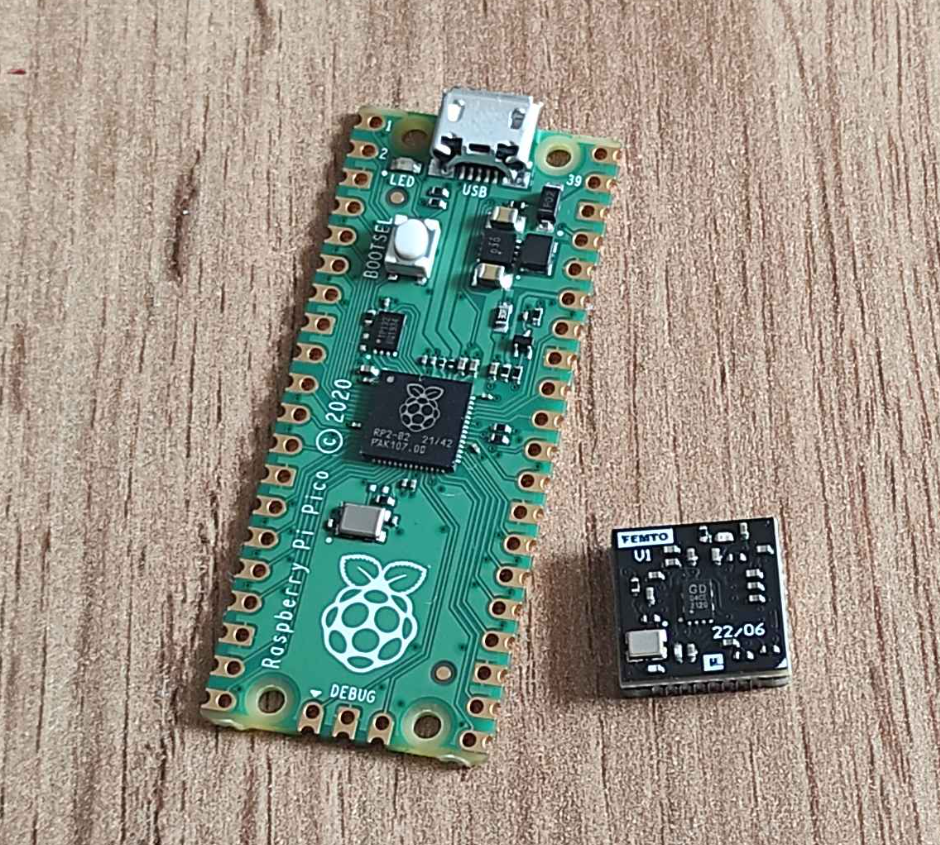The Femto, which was made available as open hardware, scarcely takes up any more space than a plain RP2040 processor while also including flash, a crystal, and other components.
Mirek Folejewski, a hardware designer, has created the Femto module, a tiny 1212mm (0.470.47") Raspberry Pi RP2040 module that could be the smallest one available.
Folejewski describes the Femto design, which has a footprint that is just slightly larger than the Raspberry Pi RP2040 microcontroller chip around which it is designed, as an ultra-compact RP2040 module. The project is divided into three sections: mainboard module, solder frame, and tester (testbench, only for functional verification).
The dual-core RP2040's 30 general-purpose input/output (GPIO) pins are separated across four layers of the board, yet there is still space for a USON8-packaged qSPI flash module, a 12MHz crystal oscillator, and a status LED to show power.
Folejewski's Femto Tester functions as a carrier board to make it simpler to verify that the small module was successfully assembled: All GPIO pins are brought out to the Femto module's center, which also has a dedicated boot-select and reset buttons, USB Type-C interface for power and data, and on-board status LEDs.
The RP2040 microcontroller is used in other small-footprint surface-mount modules than the Femto module. For example, Solder Party revealed the RP2040 Stamp last year, which is an RP2040 module that is roughly the size of a postage stamp. The RP2040 Stamp is a behemoth in comparison to the Femto Module, but it does make it simpler to access the RP2040's pins.
On the project's GitHub repository, Folejewski has made the design files for the boards available in KiCad and Altium formats, along with Gerber, assembly, pick-and-place, and bill-of-materials files for production. Although the manufacturer has acknowledged that it is open-source hardware, he or she has not said under what license the designs are made publicly accessible.














